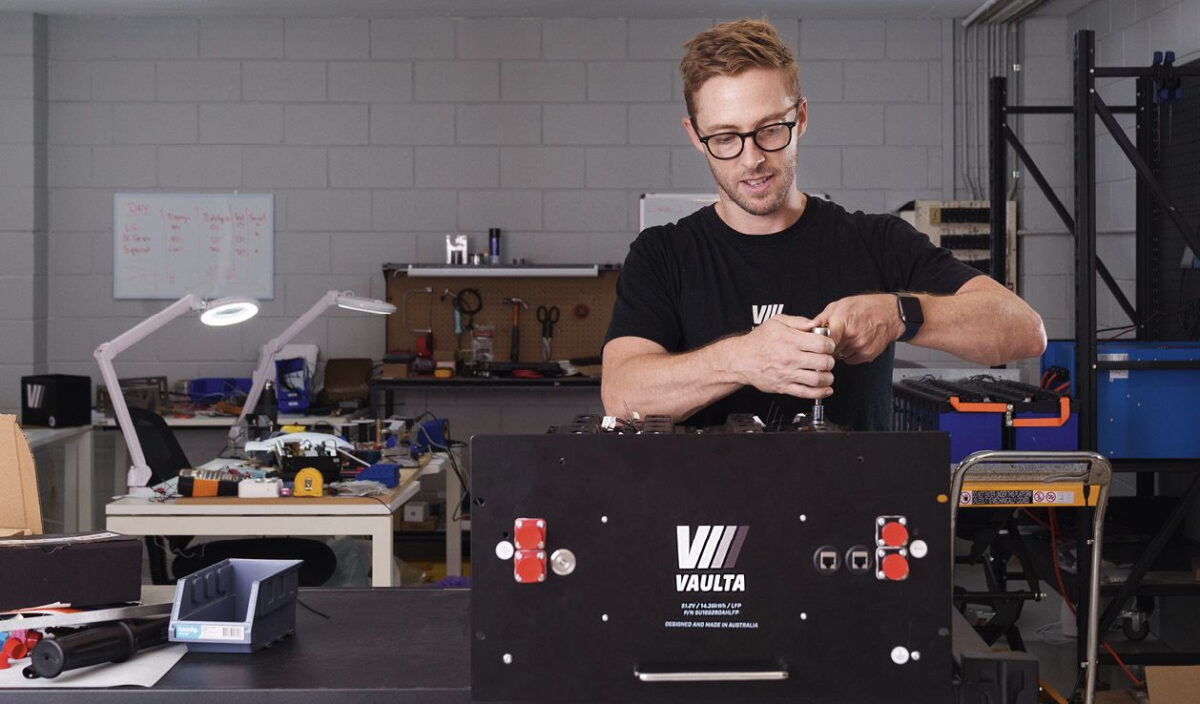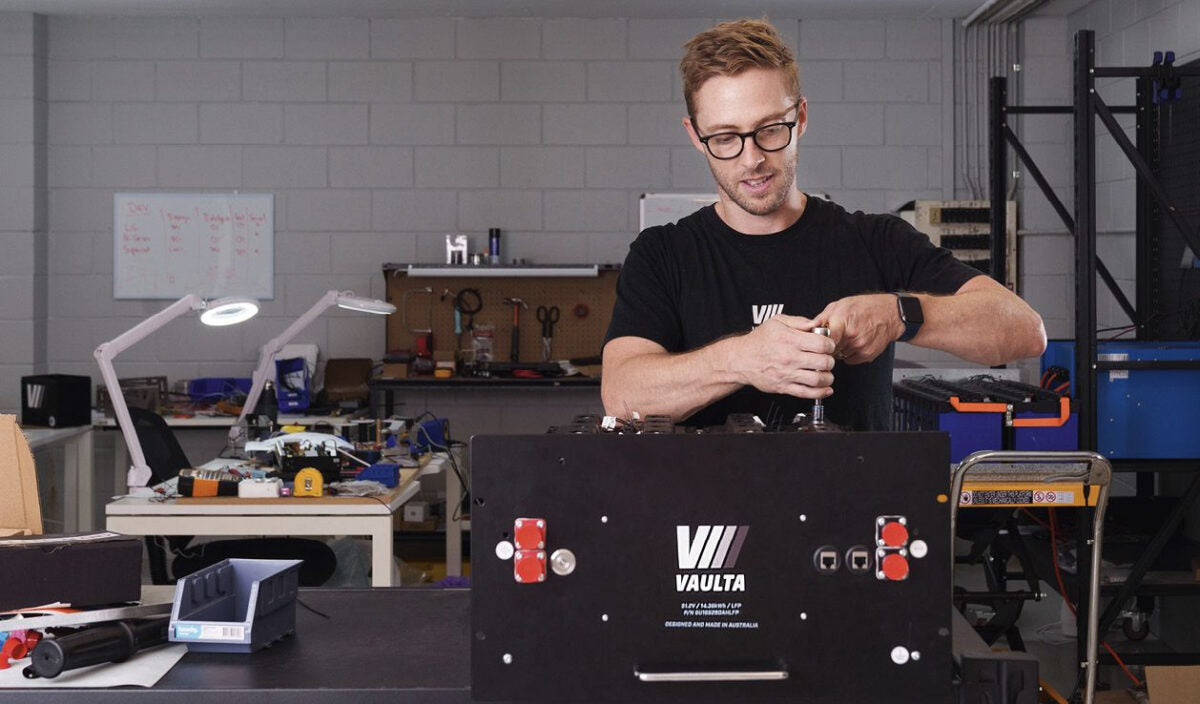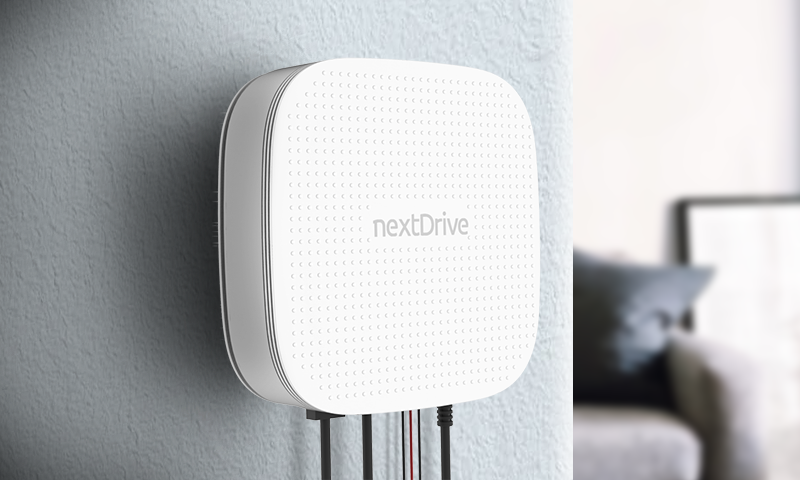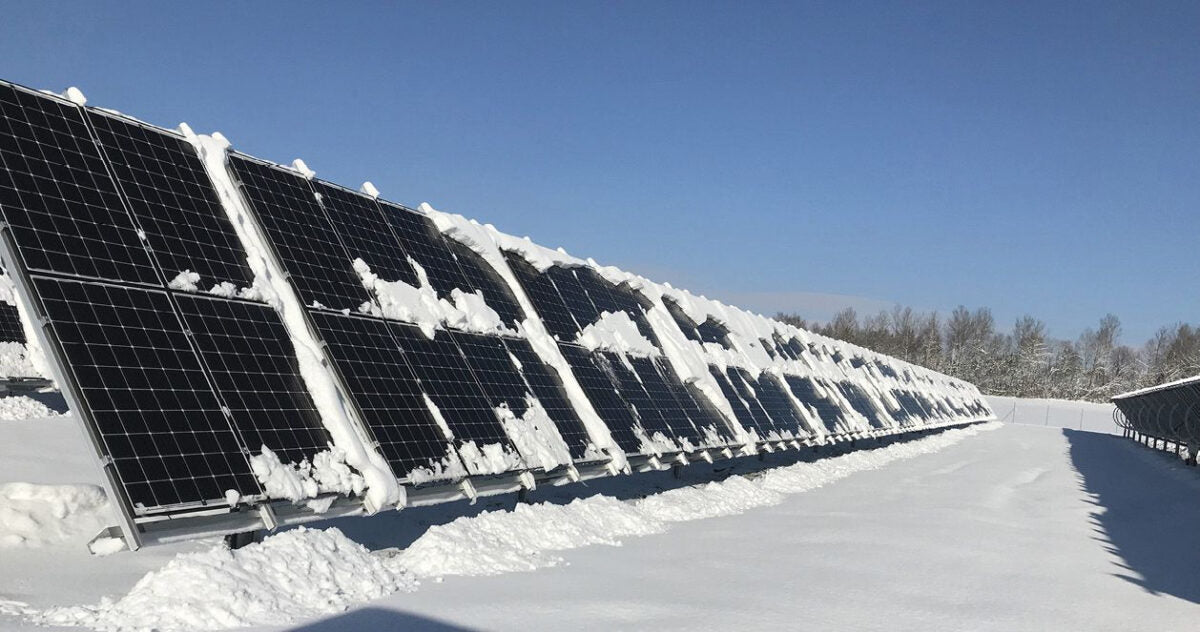https://www.pv-magazine-australia.com/2023/10/21/weekend-read-australia-made-batteries-for-easier-repair-recycling/
Australia-made batteries for easier repair, recycling

Vaulta founder Dominic Spooner, pictured here at work in the company’s Brisbane workshop, says CEC certification is under way.
Photo: Vaulta
From pv magazine ISSUE 10/23
pv magazine: How was the idea for Vaulta born?
Dominic Spooner: Before establishing Vaulta in 2019, I had worked in the battery industry as a design engineer for another manufacturer. What I discovered well after I had finished in that role, and what the research suggested, was that the way a battery was packaged played a fairly significant role in how bad battery recycling and repair statistics were. So my early-stage idea was to find a way to assemble batteries without welds, screws, or glues. Our in-development proprietary casing material is a blend of polymer and other composites which is thermally conductive but electrically insular. This means that it remains simple in design for battery connections but draws heat out from the cell to create a more thermally efficient module or pack.
What stage is the company at today, in terms of development?
Last year, we started to develop products using our own design technology and this year has mostly been about commercialising our products. We have secured backing from the Australian and Queensland governments and ASX [Australian Stock Exchange]-listed companies, and this gives a level of trust that we can translate to the customers that we are not a fly-by-night company.
What does your portfolio look like at this stage? How would you describe the initial market response?
In addition to our recently launched 5.12 kWh residential battery, we have additional rack-mount-style batteries, including 14 kWh and 5 kWh units, as well some more boutique products. The response has been positive. Two main things that are getting people interested are that our products are locally made and that they consider circularity as a priority rather than an afterthought.
As retail energy prices go up in many states, even by about 30%, there is a significant push towards batteries becoming a more cost-effective solution in Australia. We are presently exporting to the US and Southeast Asia, where we’ve also seen a lot of interest. Our products are soon to be [German testing agency] TUV-certified, and we will be applying for an approval from [Australian renewables body] the Clean Energy Council [CEC] to confirm that our products meet the necessary electrical safety and quality standards under the [CEC’s] Battery Assurance Program. The National Battery Testing Centre, in Brisbane, will eventually be a testing and certification hub for future testing, which will in turn accelerate accreditation procedures in Australia.
You manufacture in Brisbane but where do you source your components from?
We just signed a lease for a dedicated battery factory at the Advanced Robotics for Manufacturing (ARM) Hub in Brisbane, which is partly subsidised by the Queensland government, and we are growing our team here. Our battery cell provider is China’s EVE, the battery management system is designed locally with another Brisbane electronics firm, cables are made in-house, and busbars are imported from China. These are special flexible busbars that allow for strain relief. The plastic casing is now imported because we don’t have injection molding tools installed at our facility yet but this will change soon and we’ll move to large-scale production. Sheet metal is made in Brisbane.
The casing you just mentioned is the innovative part of your lithium ferro-phosphate battery product. Can you say more about it?
We have several patents around the mechanical design. We are working mostly with cylindrical cells and prismatic cells. This means that we can assemble and disassemble batteries in less than one hour. This may sound like a lot but for us it means that there is no capex [capital expenditure] or large machinery required to assemble a battery pack. This also allows us to think about assembling the batteries close to where they are being used most, abroad or in other parts of Australia.
In late 2023, we will begin the process of incorporating some automation procedures to greatly reduce the assembly time, and to expand capacity. It’s probably a little early to say but we think our technology can save assembly facilities somewhere between 10% and 15%.
You mentioned that the technology facilitates the repair process of battery modules. Can you elaborate on that?
If you don’t weld batteries that means that you have the scope to disassemble them and repair what needs to be repaired. For instance, there are 16 cells in a battery pack, which is welded together, and if one of those cells has a problem, all 16 need to be discarded. This also means that all those 16 cells need to be transported together and the poor statistics of battery recycling are also connected to how difficult it is to ship, with lithium batteries classified as dangerous goods. This also applies to BMS’ [battery management systems] or cables, our approach allows us to repair at a component level. Our finished battery module has a plastic shroud on top which is a slide-and-lock system with no screws holding that together. This part comes off plastic rods and that allows us to access the cells. The finished product sits safely inside a sheet metal enclosure.
This content is protected by copyright and may not be reused. If you want to cooperate with us and would like to reuse some of our content, please contact: editors@pv-magazine.com.
<




